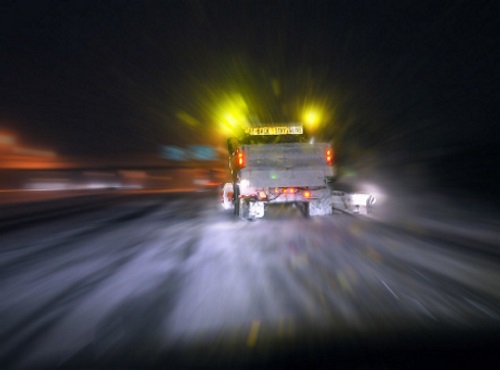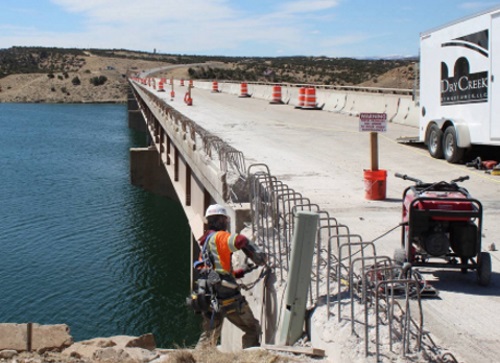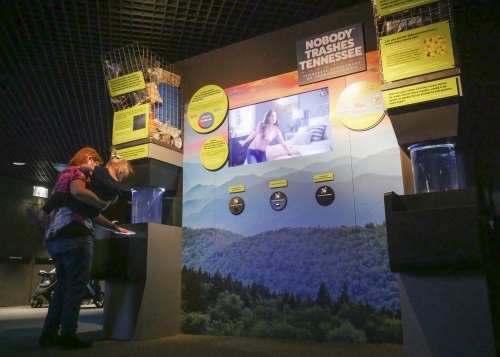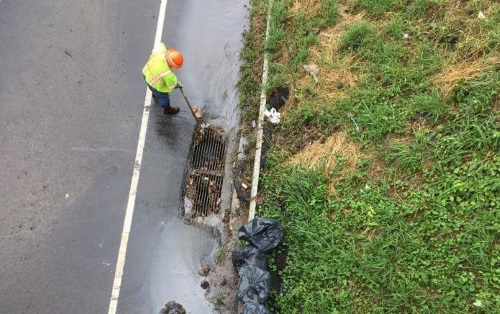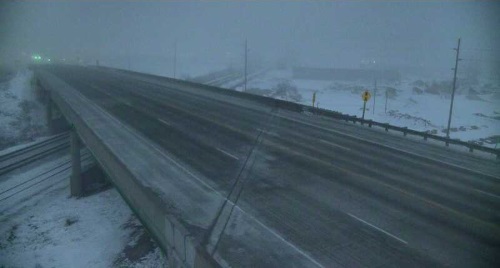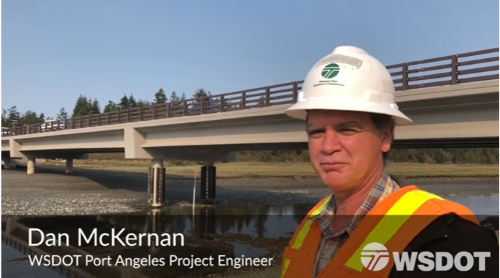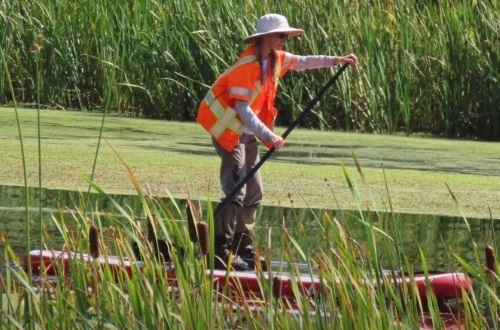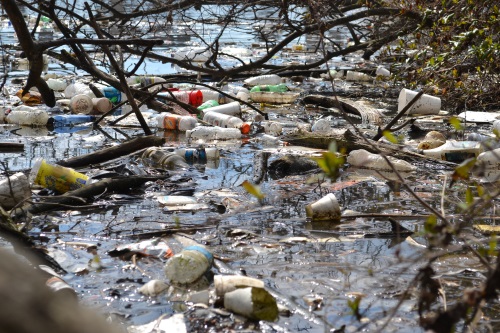The Colorado Department of Transportation’s Division of Aeronautics recently wrapped up a two-year effort to help certified commercial service airports statewide acquire equipment to minimize the environmental impact of aircraft firefighting foam containing toxic chemicals known as per- and polyfluoroalkyl substances or PFAS.
[Above photo by the Colorado DOT]
The Colorado Aeronautical Board, which oversees the Colorado DOT’s Division of Aeronautics, approved $400,000 in state aviation funding to assist with this equipment swap effort – only the second such program in the nation – in collaboration with state airports and the Colorado Department of Public Health and Environment.
This effort comes amid an increasing environmental focus on PFAS chemicals, which pose challenges to drinking water reserves.
For example, the Senate Committee on Environment and Public Works held a hearing in October to assess ongoing and proposed responses to the presence of PFAS chemicals in the environment, particularly in U.S. waters, by the Environmental Protection Agency.
Radhika Fox, the EPA’s assistant administrator for water, noted in her testimony at that hearing that a “growing body of scientific evidence” shows that exposure at certain levels to specific PFAS can adversely affect human and ecological health. Studies indicate that two common
PFAS – perfluorooctanoic acid and perfluorooctane sulfonate – can cause reproductive and developmental, liver and kidney, and immunological effects in laboratory animals. Both chemicals also caused tumors in animal studies, she said. Fox added that the most consistent findings from human epidemiology studies are increased cholesterol levels among exposed populations as well as some cases where that chemical family affected birth weights, the immune system, caused cancers, and thyroid hormone disruption.
Currently, commercial service airports certified under Federal Aviation Administration regulations are required to use PFAS-based foam and to annually test and certify aircraft rescue firefighting equipment and the foam utilized.
Under the provisions of this new statewide aviation initiative, however, the Colorado Division of Aeronautics said in a statement that it provided 100 percent funding for the acquisition of specialized testing and containment equipment designed to allow FAA-compliant firefighting foam testing to take place without the need for regular foam discharges.
In total, 12 eligible airports participated in the division’s program, with the exception of Denver International Airport, as it already had the equipment, and Colorado Springs Airport, where the U.S. Air Force provides aircraft rescue and firefighting services.


